A rise in blood pressure above normal ranges is known as hypertension. It occurs when the force of the circulating blood pushes against the walls of the arteries with more pressure than usual. Blood pressure is made up of systolic pressure and diastolic pressure:
These are the two values you see as the result of your blood pressure measurement![]() – the higher number is the systolic pressure, and the lower is the diastolic pressure.
– the higher number is the systolic pressure, and the lower is the diastolic pressure.
Blood pressure measurements conducted at two or more visits to a medical professional may be used to diagnose hypertension if the mean values of the readings are 140 mmHg or higher for systolic pressure and 90 mmHg or greater for diastolic pressure. The ideal blood pressure is 120/80 mm Hg.
| Category | Systolic pressure | Diastolic pressure |
| Optimum blood pressure | <120 | <80 |
| Normal blood pressure | 120 – 129 | 80 – 84 |
| High normal blood pressure | 130 – 139 | 85 – 89 |
| Grade I hypertension | 140 – 159 | 90 – 99 |
| Grade II hypertension | 160 – 179 | 100 – 109 |
| Grade III hypertension | ≥180 | ≥110 |
| Isolated systolic hypertension | ≥140 | <90 |
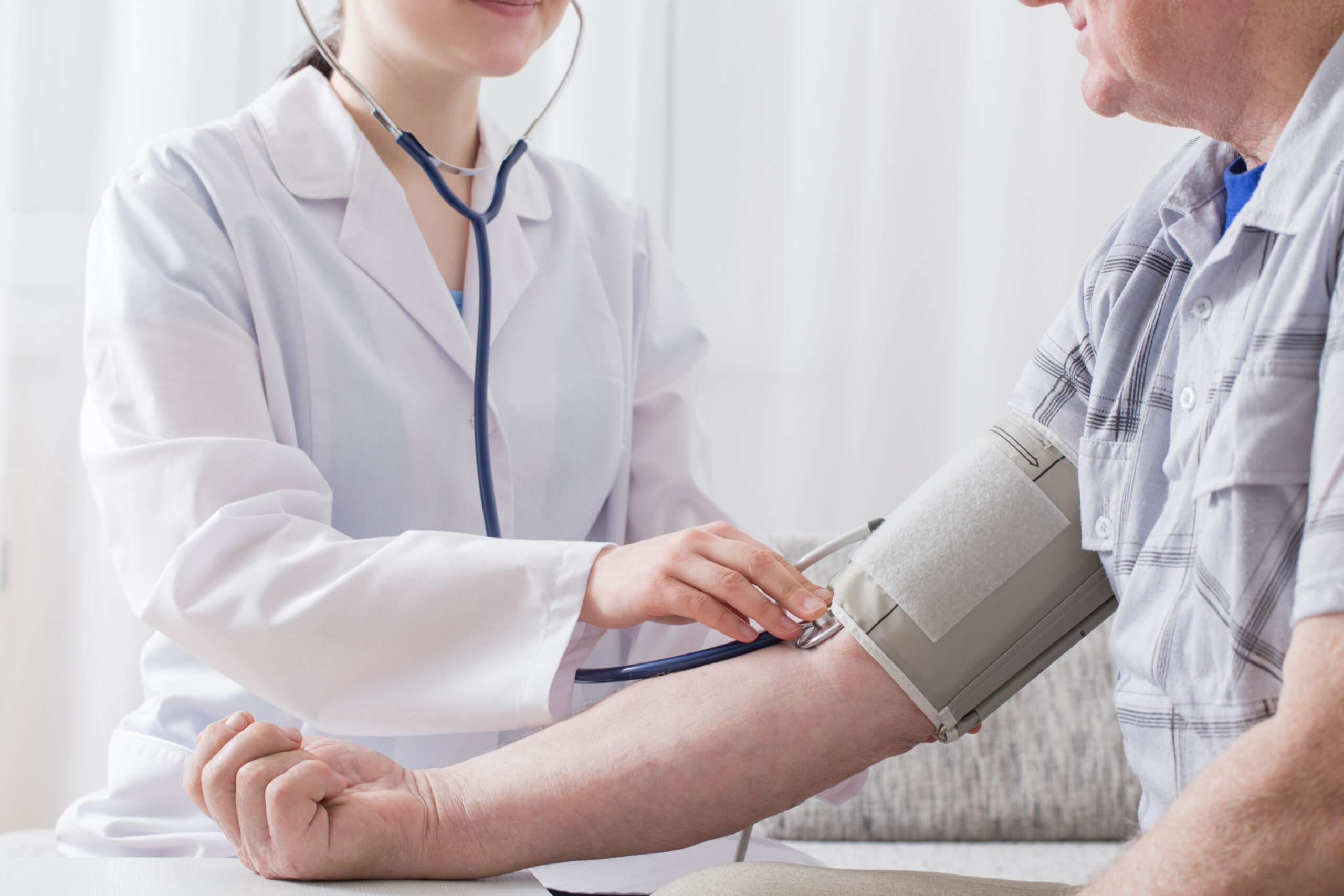
Hypertension is a lifestyle disease that remains the most critical risk factor for premature death worldwide.
The condition can be either primary (essential) or secondary. More than 90 percent of all adults with hypertension are diagnosed with primary hypertension, meaning the exact cause cannot be identified. Both environmental and genetic factors are believed to contribute to primary hypertension.
In children, the proportions of secondary and primary hypertension are reversed.
Risk factors that increase the likelihood of developing essential hypertension include:
The cause of secondary hypertension is easier to identify because it is caused by an already existing disease that affects another organ or large arteries.
Secondary hypertension![]() can be caused by:
can be caused by:
Hypertension usually doesn’t give any symptoms![]() for many years. In most people, symptoms do not appear until organ damage has developed. Some symptoms can also occur with other diseases, so they are called non-specific for hypertension.
for many years. In most people, symptoms do not appear until organ damage has developed. Some symptoms can also occur with other diseases, so they are called non-specific for hypertension.
Hypertension can manifest as:
How does a doctor diagnose hypertension? The diagnosis![]() is made if, on two separate doctor visits, the measured blood pressure values are equal to or higher than 140 mmHg for systolic pressure and 90 mmHg for diastolic pressure.
is made if, on two separate doctor visits, the measured blood pressure values are equal to or higher than 140 mmHg for systolic pressure and 90 mmHg for diastolic pressure.
Sometimes, suppose the doctor suspects white coat syndrome (that is, situations in which blood pressure values are high in the doctor's office due to the stress of a doctor's visit). In that case, the patient is asked to take several measurements at home and report the results at the following visit.
Testing to determine the presence of hypertension may include other evaluations as well. These may include:
It is important to remember that a person with hypertension has an increased risk of cardiovascular disease, at risk of developing atherosclerosis, heart attack, or stroke. Therefore, even if it does not give any symptoms and does not affect daily functioning, it should always be taken seriously, follow the doctors' recommendations, and take medication regularly.
If the pressure of the blood in the body remains high over a long period of time, the blood vessels become permanently harmed. This also applies to the blood vessels that nourish many vital organs, such as the eyes, kidneys, and brain.
High blood pressure is related to mortality and incidence of cardiovascular diseases:
Hypertension contributes to the development of atherosclerosis![]() . It causes damage to the inside of the blood vessels and accelerates the development of atherosclerotic lesions. Atherosclerosis leads to the closing of the lumen of the blood vessel that nourishes the heart (coronary vessel), which causes a heart attack.
. It causes damage to the inside of the blood vessels and accelerates the development of atherosclerotic lesions. Atherosclerosis leads to the closing of the lumen of the blood vessel that nourishes the heart (coronary vessel), which causes a heart attack.
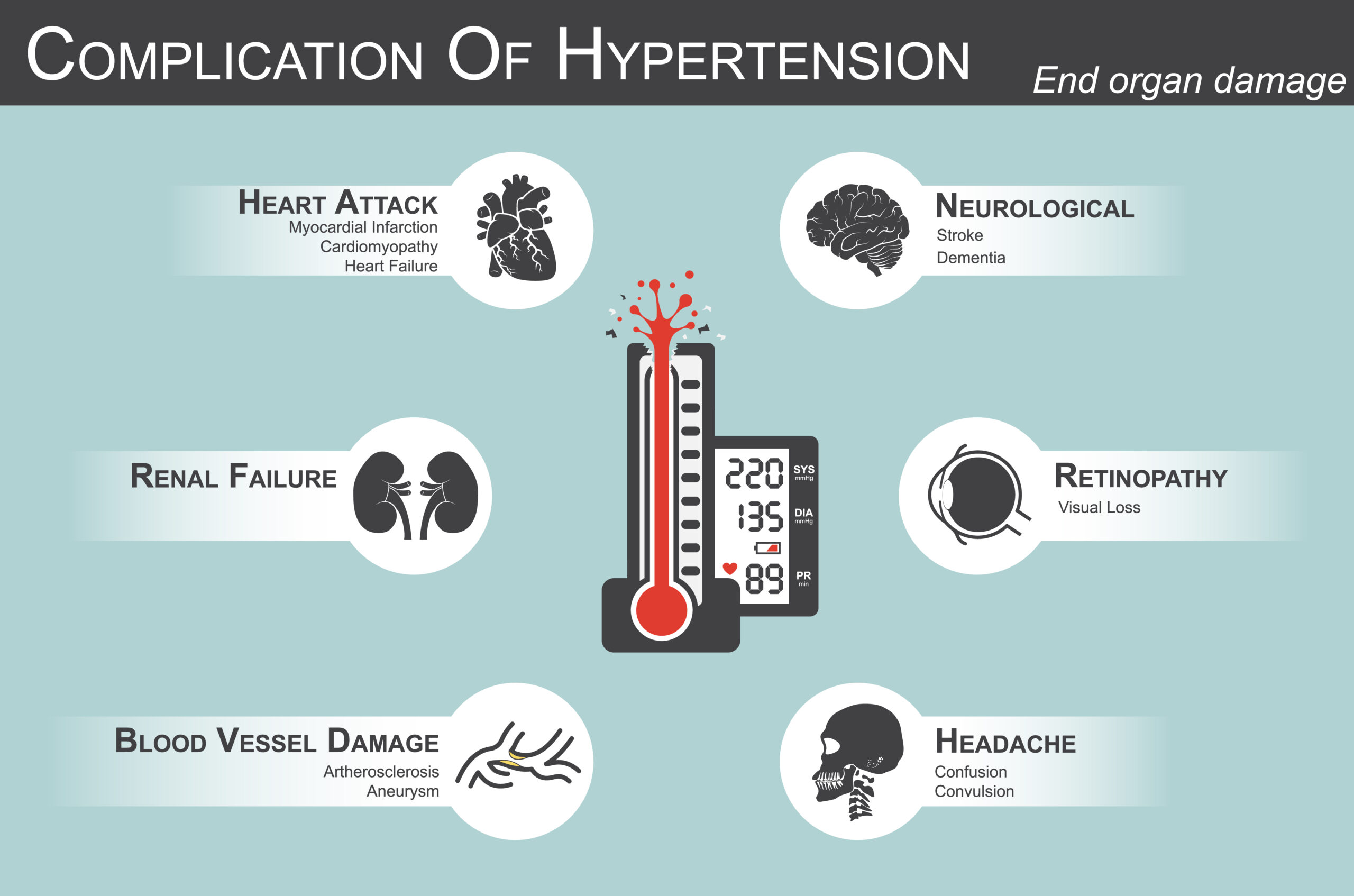
Hypertension is a substantial risk factor for strokes![]() . High blood pressure increases the risk of ischemic stroke by promoting the development of large-vessel atherosclerosis and disease of small blood vessels of the brain.
. High blood pressure increases the risk of ischemic stroke by promoting the development of large-vessel atherosclerosis and disease of small blood vessels of the brain.
Besides ischemic strokes, high blood pressure also plays a role in causing brain bleeding. Suppose a blood vessel in the brain is weakened (either by a congenital abnormality or disease). In that case, the accompanying high blood pressure can cause this vessel to rupture and cause a cerebral hemorrhage.
With chronic high blood pressure, the heart is under chronic strain. To deal with this too-high pressure, it increases the number of its cells, causing the heart's overgrowth![]() . However, this is not a beneficial phenomenon because it increases the heart's demand for energy and oxygen, causes stiffening of the heart, hinders full diastole, and hinders the flow through the coronary arteries, leading to the formation of ischemic areas.
. However, this is not a beneficial phenomenon because it increases the heart's demand for energy and oxygen, causes stiffening of the heart, hinders full diastole, and hinders the flow through the coronary arteries, leading to the formation of ischemic areas.
Hypertension is one of the most common causes of chronic kidney disease![]() . This condition is called hypertensive nephropathy.
. This condition is called hypertensive nephropathy.
Untreated or persistent hypertension damages the blood vessels of the kidneys and their glomeruli (blood-filtering structures of the kidney), causing fibrosis. This process impairs the excretion of excess water, electrolytes, and metabolic products from the body, resulting in the successive formation of edema, increased blood pressure, and deterioration of the heart muscle. As a result, hypertension progresses, and the kidneys may fail.
Hypertension can lead to complications in the organ of vision. The most well-known is damage to the retinal vessels and the retina itself called hypertensive retinopathy. It is worth remembering, however, that unregulated hypertension can also damage other structures of the eye – the vascular membrane and the optic nerve. Effects can include blurry vision, distorted straight lines, and problems seeing certain areas of the visual field.
The extent of organs that can be damaged during hypertension is why people often learn about hypertension accidentally – sometimes from an ophthalmologist or neurologist or when kidney problems appear.
The worst possibility is when the first signal is a heart attack or stroke. In patients with hypertension, a heart attack occurs up to 5 times more often and strokes to the brain four times more often than in healthy people.
Therefore, even when nothing is wrong with us, it is worth measuring your blood pressure at least once a year to ensure the circulatory system works correctly.
Treatment of high blood pressure is mainly aimed at preventing the consequences that the disease can lead to.
The method of treatment is mainly determined by the level of blood pressure, type of hypertension, presence of comorbidities, company and kind of possible complications, damage to internal organs, and the patient's age.
Initial treatment is limited to lifestyle changes when a patient has mild hypertension and no risk factors. Pharmacological treatment![]() is finally initiated if lifestyle changes do not bring the expected results.
is finally initiated if lifestyle changes do not bring the expected results.
Lifestyle changes to treat high blood pressure include:

In cases where blood pressure is high or very high (grades 2 and 3), it is necessary to introduce antihypertensive drugs and modify risk factors and lifestyle.
Pharmacological treatment is not used in people with normal but elevated blood pressure and young people with isolated systolic hypertension. In the case of the latter, constant monitoring is necessary.
Various antihypertensive (lowering blood pressure) drugs can be used in the treatment. Medications used to treat high blood pressure have different effects:
Each type of medication has a similar effect on reducing blood pressure. However, the decision about which one to use is always made by a doctor who considers additional factors (age, sex, other diseases) and selects the drug that best suits your case.
The white coat syndrome![]() is an uncontrolled patient reaction during blood pressure measurement in the presence of medical personnel. For this reason, there is a difference in the results of blood pressure measurement – high results of office measurements and good results at home. This phenomenon does not require treatment.
is an uncontrolled patient reaction during blood pressure measurement in the presence of medical personnel. For this reason, there is a difference in the results of blood pressure measurement – high results of office measurements and good results at home. This phenomenon does not require treatment.
Gestational hypertension is an increase in blood pressure above 140/90 first detected after the 20th week of pregnancy and returning to normal within 12 weeks after delivery. The final diagnosis is made after delivery.
The cause of gestational hypertension is unknown, but unless it is complicated by pre-eclampsia, it is usually not dangerous to mother and baby.
Resistant hypertension![]() is defined as blood pressure that remains above the target values despite the simultaneous use of 3 antihypertensive drugs from different classes (including diuretics) in optimal doses.
is defined as blood pressure that remains above the target values despite the simultaneous use of 3 antihypertensive drugs from different classes (including diuretics) in optimal doses.
Malignant hypertension![]() is the most severe form of hypertension, characterized primarily by high systolic and diastolic blood pressure, the development of particularly extreme changes in the blood vessels of the retina (the part of the eye responsible for vision), and the rapid progression of organ complications – especially the development of heart failure, renal failure or encephalopathy.
is the most severe form of hypertension, characterized primarily by high systolic and diastolic blood pressure, the development of particularly extreme changes in the blood vessels of the retina (the part of the eye responsible for vision), and the rapid progression of organ complications – especially the development of heart failure, renal failure or encephalopathy.
There is strong evidence that making lifestyle changes can help prevent high blood pressure. Modifications that should be made are:
Hypertension is a common and challenging disease. Its symptoms are usually unnoticed by patients, and the consequences of untreated hypertension can be brutal and irreversible. Nevertheless, routine monitoring of blood pressure and adopting a positive way of life can shield individuals from the dramatic results of this disease.
Table of Contents
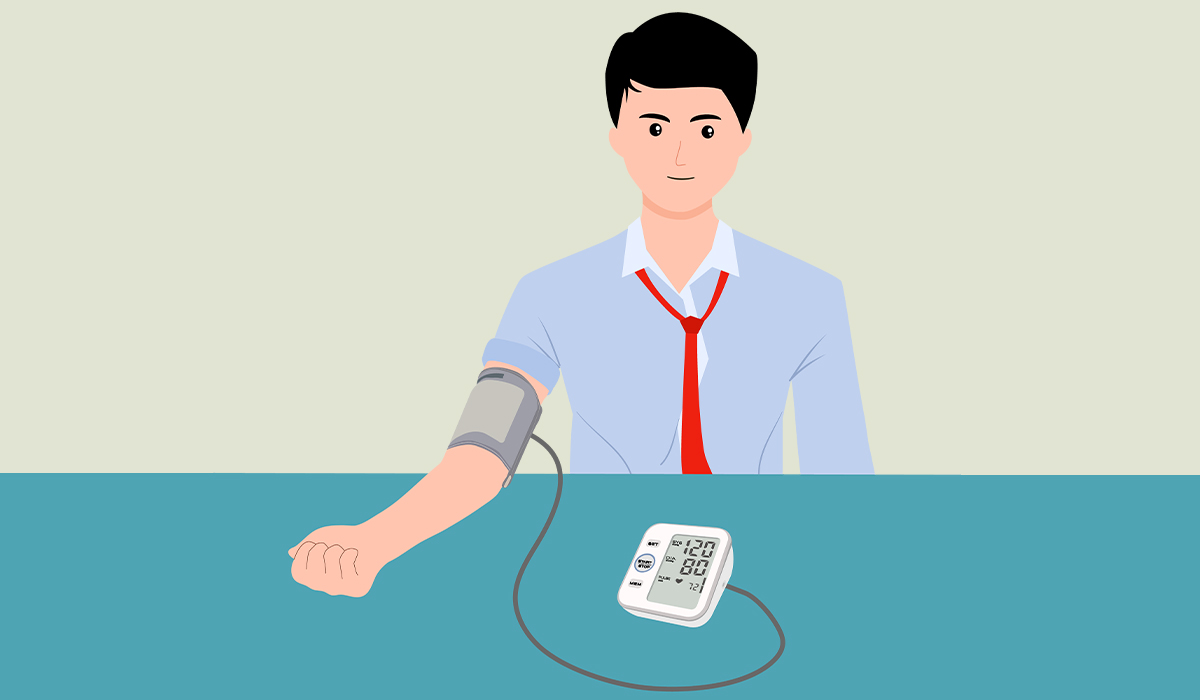
Blood pressure is the force at which blood circulates in your blood vessels. Normal blood pressure is less than 120/80… read more »
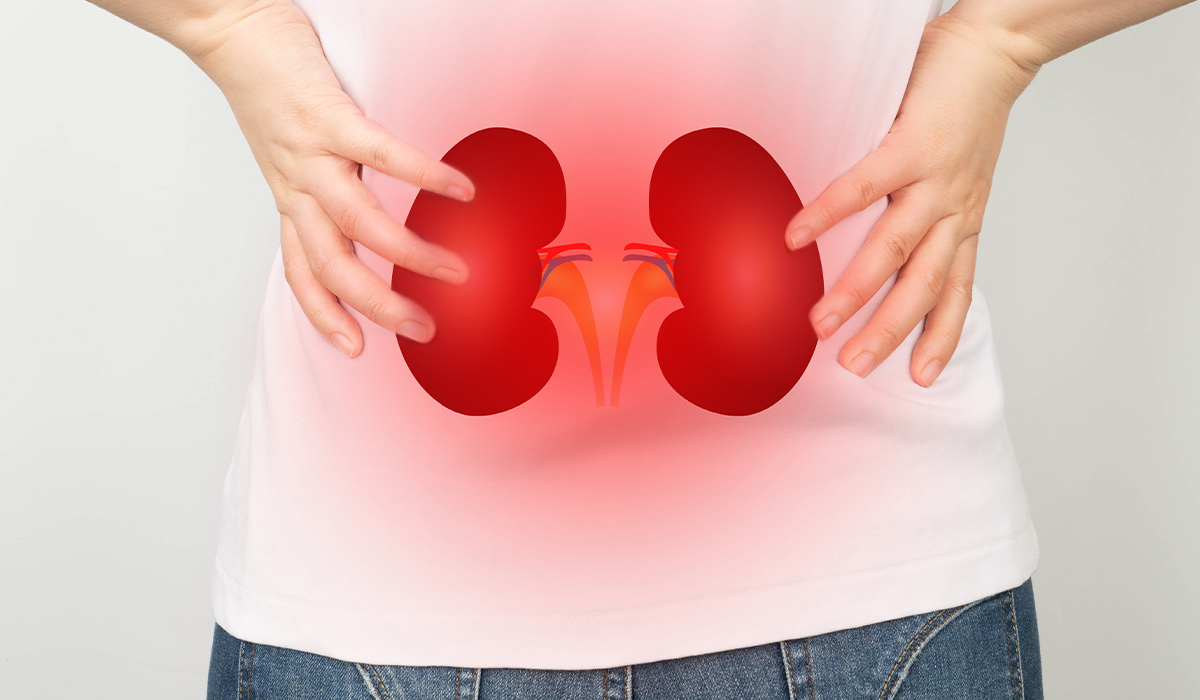
Kidney infections are a heterogeneous group of diseases characterized by inflammation of one or both kidneys. What are the symptoms… read more »
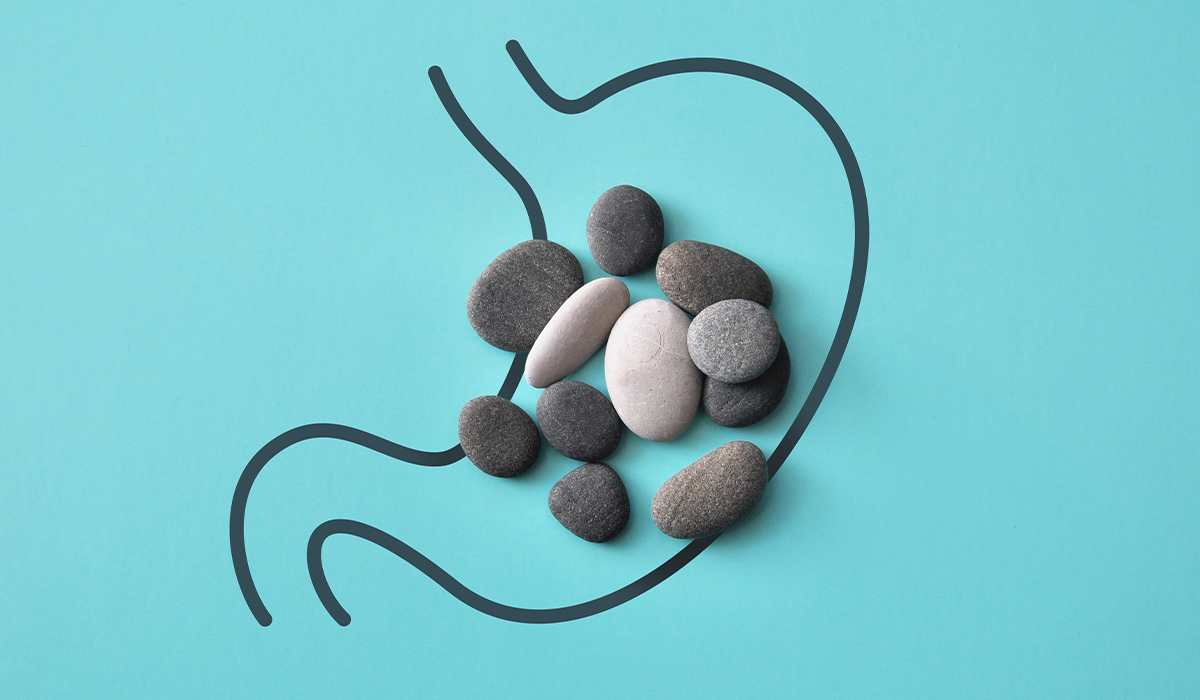
Kidney stones can form for a variety of reasons. Learn about factors that increase the risk of kidney stones. See… read more »
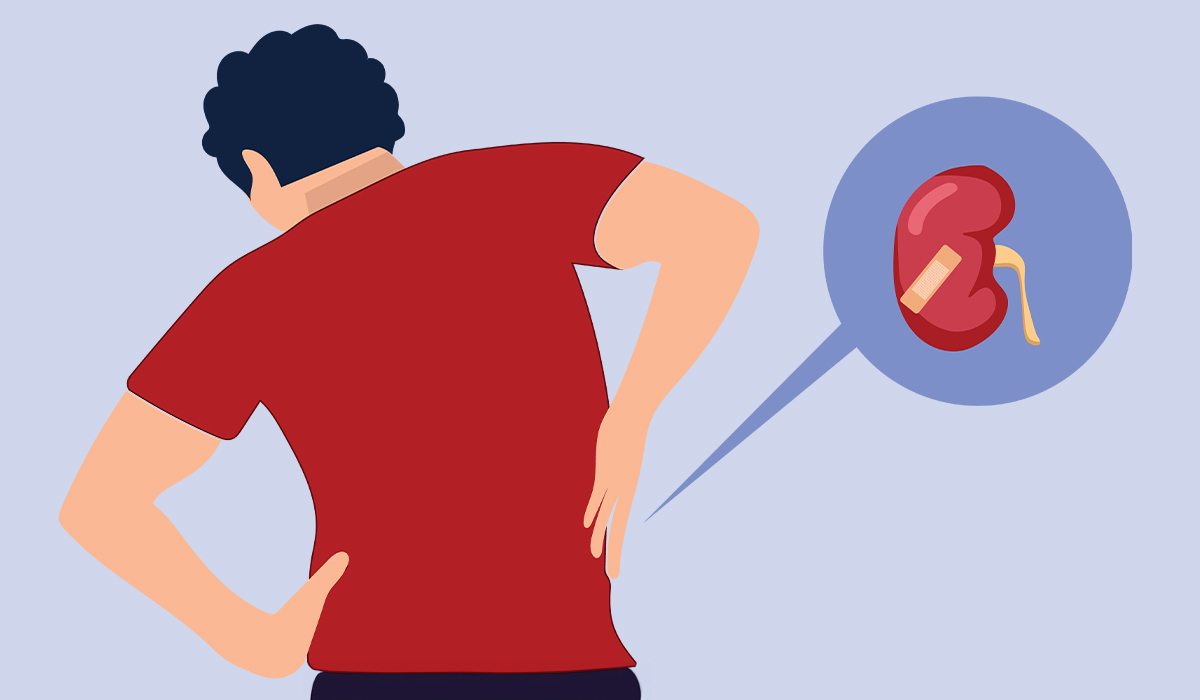
Kidney pain, also known as renal pain, begins from the pair of bean-shaped organs at the back of your stomach… read more »
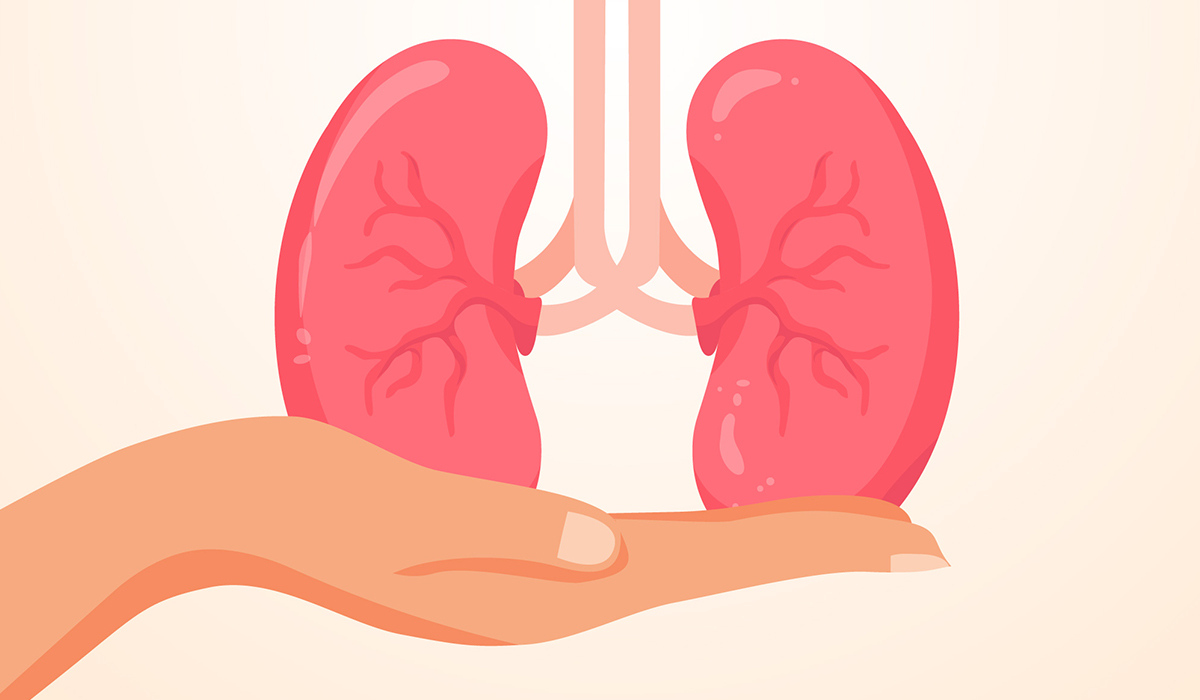
Kidneys are two bean-shaped organs that filter your blood from waste products. What are its other functions? How are they… read more »
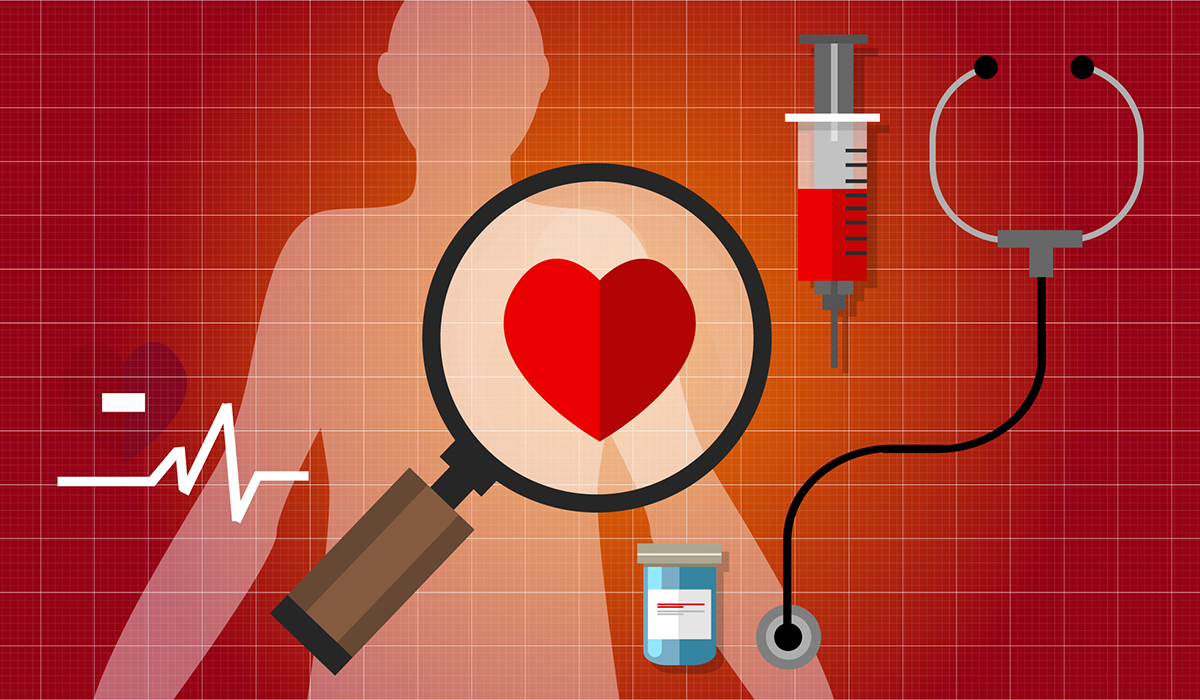
Congestive heart failure is a chronic disease. It occurs when the heart is unable to pump enough blood for the… read more »
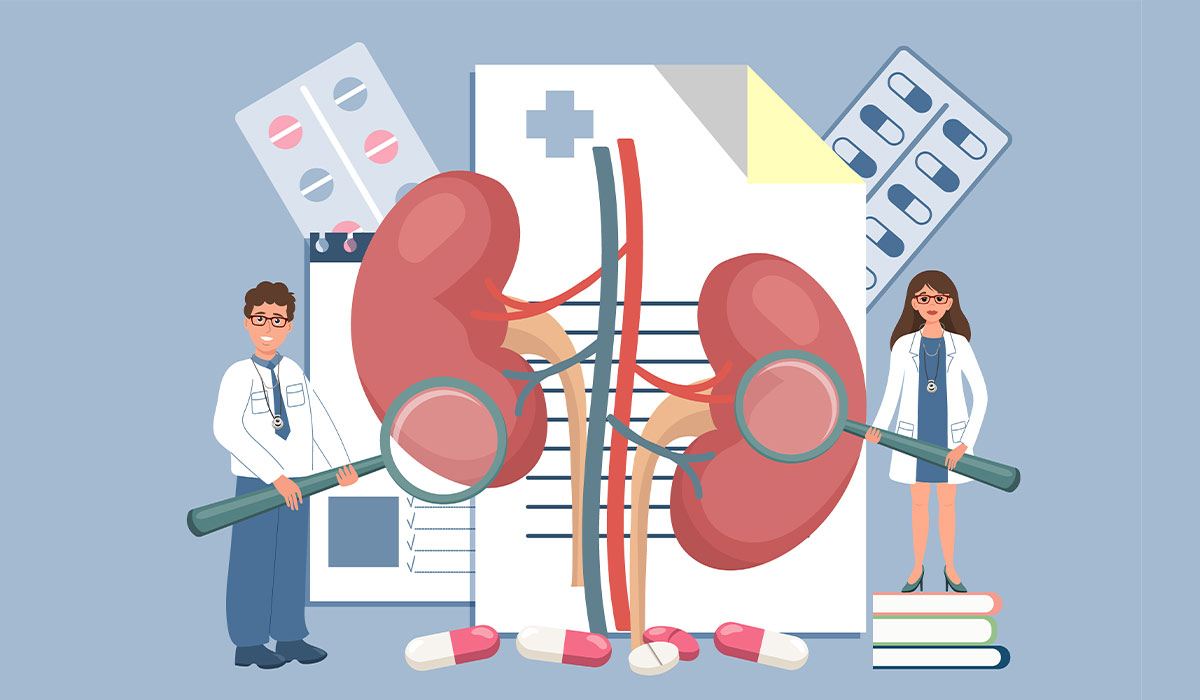
Hydronephrosis is a disease that can have serious complications. Find out how to recognise the condition so that appropriate treatment… read more »
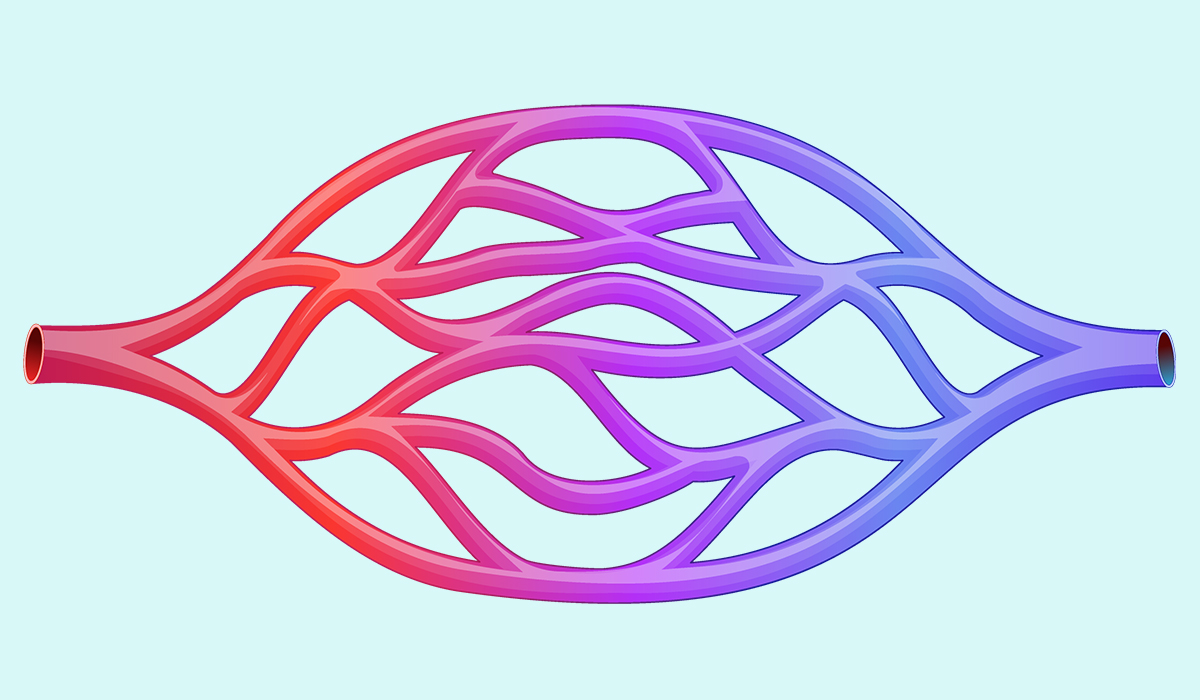
Capillaries are minor blood vessels that are exceptionally noteworthy for the circulatory framework. They carry blood from courses to veins;… read more »
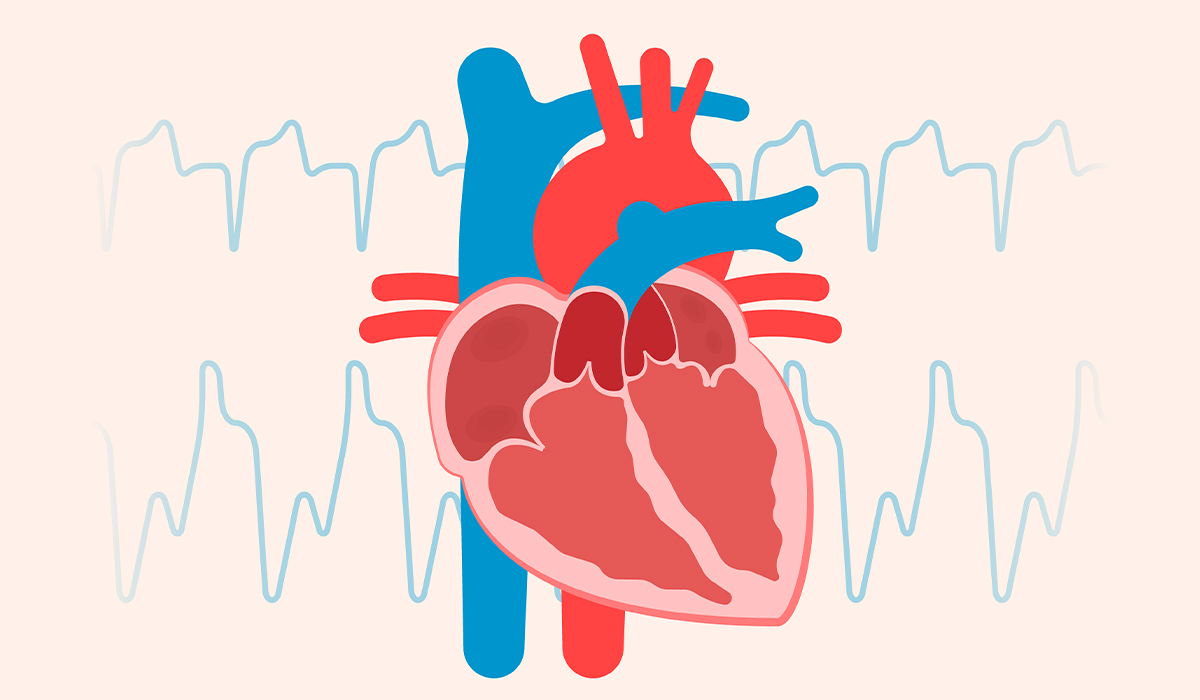
Cardiomyopathy refers to an abnormality in the heart muscle. There are various types and causes of cardiomyopathy. Learn about the… read more »